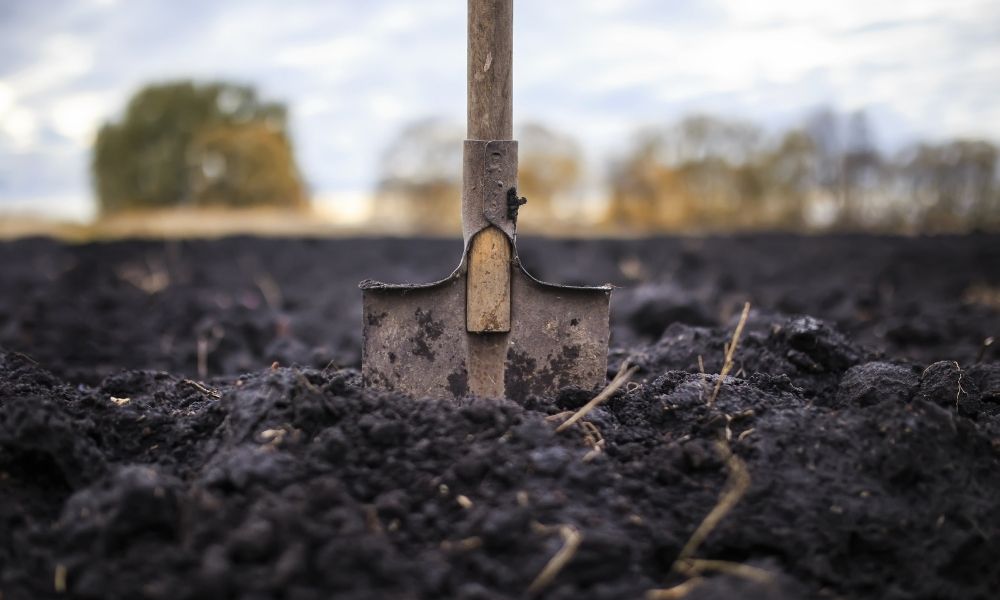Different Factors That Impact Soil Resistivity

Soil resistivity measures how well soil resists or conducts electric currents. When creating a grounding design for an infrastructure, you’ll quickly learn how greatly soil resistivity impacts the integrity of grounding design. Soil resistivity’s relationship to corrosion, and not to mention electric faults and lightning, is all that the incentive companies should need to test a prospective construction site’s soil. Read on to learn the different factors that impact soil resistivity.
The Type of Soil and Its Mineral Contents
One of the biggest influencers of soil resistivity is the type of soil that you’re working with. Gravelly, rocky soil typically has the highest resistivity. We’ve listed a few of the common soil types below.
Different Types of Soil
- Sandy: Sandy soil is dry, light, and often warm. This type of soil is light because of its small clay proportions. In hot conditions, sandy soil dries out quickly and offers few nutrients.
- Clay: Clay soil is 25 percent clay, which gives it its heavier weight. Clay soil dries slowly, though, in high and arid enough atmospheres, it may dry out.
- Silt: Silt soil is high in minerals. It retains moisture well, decreasing its soil resistivity.
- Peat: Peat is dense and withholds a great amount of moisture and organic matter.
- Chalk: Chalk soil is highly basic due to the amount of lime it contains.
- Loam: Loam soil is a combination of sand, silt, and clay soil. Mixing these soil types together cancels out the downsides of each.
Environment and Temperature
Environment and temperature are additional different factors that impact soil resistivity. The colder the temperature is, the more resistant the soil will be to conducting electric currents. The same goes for ground that’s become frozen due to harsh weather.
Level of Moisture
An atmospheric element that would promote low resistivity is humidity. If the air is humid and the soil type retains moisture well, it will have low resistivity and be more susceptible to corrosion. Arid climates provide incredible resistivity, making them a more ideal location—at least from the perspective of grounding design and its integrity.
Soil Contaminants
Various contaminants can boost soil resistivity. Substances like metal, salt, and oil can interfere with levels of soil resistivity.





